
LED strips, neon flex lights, and tapes are popular in residential and commercial applications because they provide a lot of benefits. A few of these are longer service lives and reduced energy consumption. They are also good for focal or mood lighting.
When buying LED lighting, there are a lot of factors that you need to consider. To make sure that you choose the right type of lighting for your application, you have to consider these 8 factors:
1. Usage
First of all, you need to consider where you will be installing your lights. There are various applications where you can use strip and tape lights such as for task lighting, mood lighting, and accent lighting. For residential applications, strip lights are popularly used as under cabinet lighting. If you are a business owner, you can use them to create custom signs. They are flexible and durable so you can form them into any shape you want.
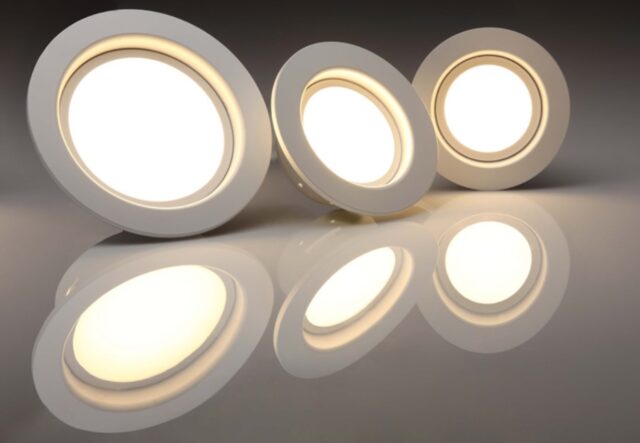
2. Quality
When it comes to buying LED lighting, cheaper is not always better. Low-quality lights can affect the overall look of your business or home and can be more expensive because of frequent replacements or repairs. Make sure to buy affordable but high-quality lights. We also recommend doing a thorough research on manufacturers or suppliers before making a decision when buying.
3. Type of LED
The first thing you need to consider is the type of strip or neon light you need. There are different types of strips and neon flex lights in the market. These include fixed, rope, self-adhesive, single-color, and multi-color LEDs.
Self-adhesive LEDs are more suitable for residential applications while flexible strips are ideal for commercial spaces because they are more versatile. One of the common commercial applications of flexible strips are custom neon signs. You can visit this site if you are looking for a neon sign customization company. Lastly, rope LEDs are perfect for patio settings and other outdoor lighting applications.
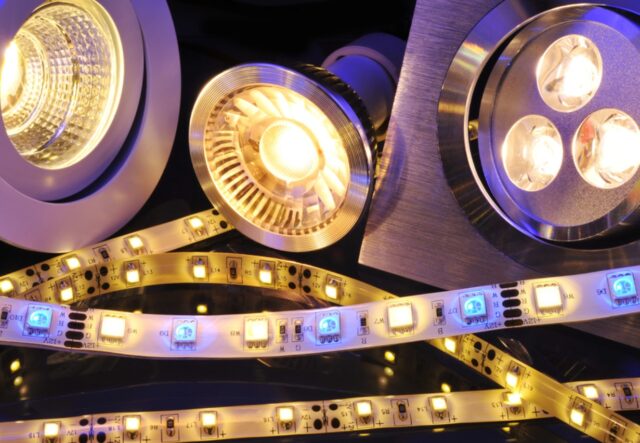
4. Brightness
The brightness of an LED depends on how many lumens it has per foot. The more lumens the strip or tape has, the brighter it will be. Also, make sure that the brightness of your light is appropriate for your application. LEDs come in a wide variety of brightness options to match your needs.
5. Power Supply
LED power supplies are also known as drivers or transformers. When you buy a power supply, always check your light’s voltage requirement. Make sure that you choose a power supply that has a higher Wattage value than your LED. For instance, if it needs 72 W, choose a power supply that is at least 90 W. This will help extend the power supply’s lifespan.

6. Wattage
Next, you need to consider the Wattage of your chosen lighting option. Maybe the overall effect of the LED is more important to you than your expenses but take note that the higher Wattage your lighting option has, the higher its power consumption will be. This means that you will have higher electricity bills.
7. Voltage
The majority of LEDs today are low-voltage. Meaning, you cannot plug them directly into a wall socket because they might explode. To power your light, you need to buy a transformer. The transformer will help in lowering the voltage to match the voltage requirement of your strip (usually 5V, 12V, or 24V). The voltage requirement of your LED is normally included in its packaging.
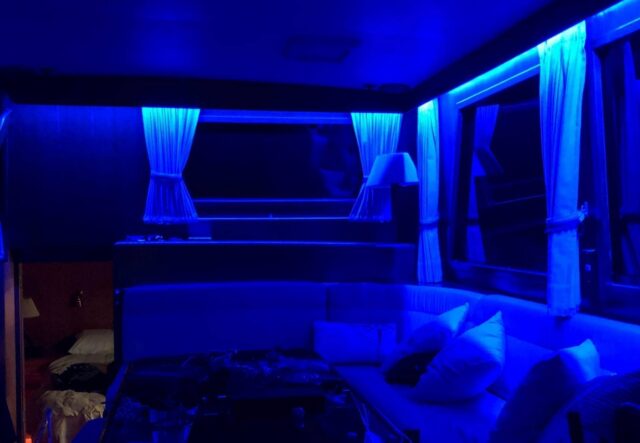
8. Number of LEDs
If you want brighter and more focused lights, choose lights with more LEDs per meter. The number of LEDs a strip or tape light has will depend on the type of package it uses.
9. IP Rating
An LED’s Ingress Protection (IP) rating will determine its durability, so make sure that you consider this factor too. It determines how resistant the product is to outside elements. The first number indicates the LED’s resistance to dust with 6 being the highest value. On the other hand, the second number indicates the LED’s water resistance. The higher the digits are, the greater protection the LED has.
For example, IP20-rated strips are dust-resistant but not ideal for outdoor use because they are not waterproof. Make sure that you choose your LEDs wisely because non-waterproof lights are not designed for use in wet areas such as your bathroom.
In case you are going to use non-waterproof strips (IP20), you need to enclose them inside aluminum profiles. IP54 and IP65 lighting options are suitable for bathroom use while IP67 or IP68 lights are ideal for outdoor use.
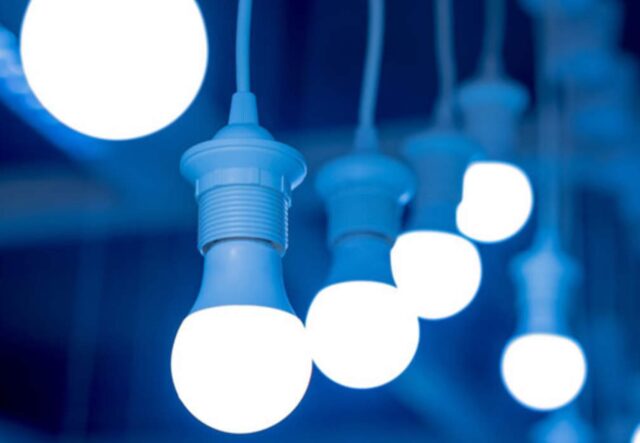
10. Size
Strip lights and tapes come in different sizes, depending on the chip they use. SMD 3528 strips are 8mm wide while SMD 5050 and SMD 2835 strips are 10mm wide. You need to consider the strip’s width if you are going to put them inside aluminum profiles.
11. Color Temperature
Last but not the least, you need to consider the color temperature that the strip/flex can produce. But first, you need to determine what colors you need for your project. When we say color temperature, we are not referring to the strip’s physical temperature. We are talking about how cool or warm the light produced by the LED is.
Color temperatures range from 2700K to 6000K. The lower the color temperature is, the warmer the light is and vice versa. Below are the recommended color temperatures for certain applications:
- Outdoor lighting and bathrooms: 5000K – 6000K
- Foyers, bedrooms, living rooms: 2700K – 3000K
- Hallways and kitchens: 3500K – 4100K
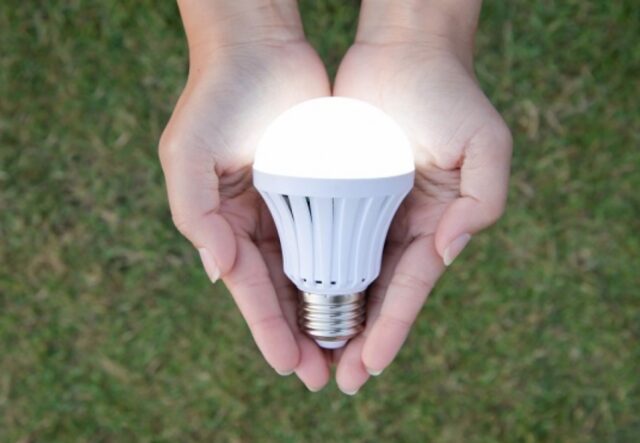
Conclusion
With the many lighting options you have, finding one that best fits your requirements can be quite challenging. That is why it is important to familiarize yourself with the basics of LEDs to ensure that you make the right decisions. Always remember to check the specifications of the LED you are going to buy and make sure that they match your needs. We hope that you have gained enough confidence in buying your desired strip or neon light after reading this article.









